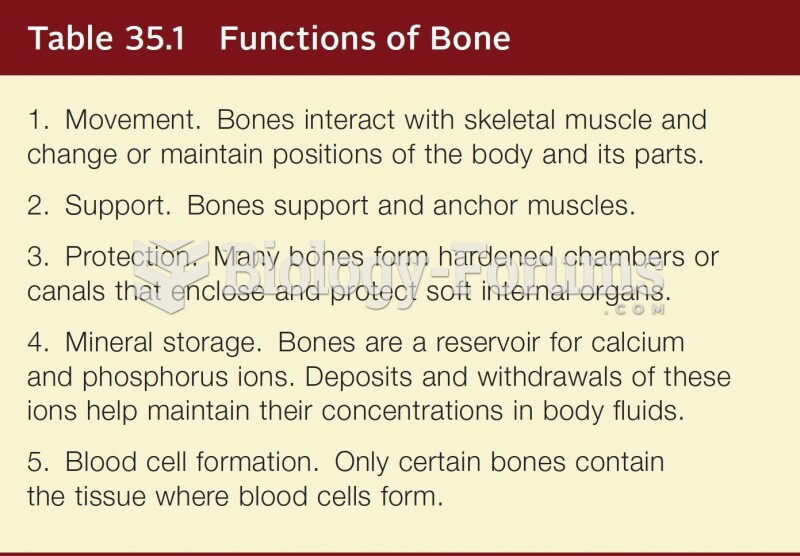|
|
|
Did you know?
Less than one of every three adults with high LDL cholesterol has the condition under control. Only 48.1% with the condition are being treated for it.
Did you know?
On average, the stomach produces 2 L of hydrochloric acid per day.
Did you know?
Alcohol acts as a diuretic. Eight ounces of water is needed to metabolize just 1 ounce of alcohol.
Did you know?
Only one in 10 cancer deaths is caused by the primary tumor. The vast majority of cancer mortality is caused by cells breaking away from the main tumor and metastasizing to other parts of the body, such as the brain, bones, or liver.
Did you know?
More than 4.4billion prescriptions were dispensed within the United States in 2016.
 Variation in the rate of evolution as a function of the strength of selection, assuming genetic drif
Variation in the rate of evolution as a function of the strength of selection, assuming genetic drif
 Cushing syndrome. This syndrome includes the symptoms of obesity, moon face, hyperglycemia, and musc
Cushing syndrome. This syndrome includes the symptoms of obesity, moon face, hyperglycemia, and musc





